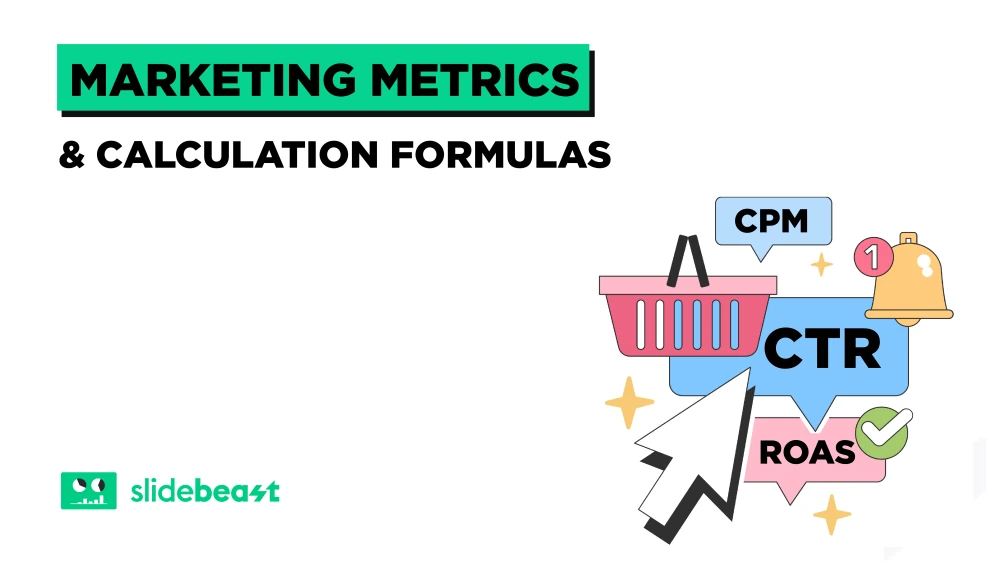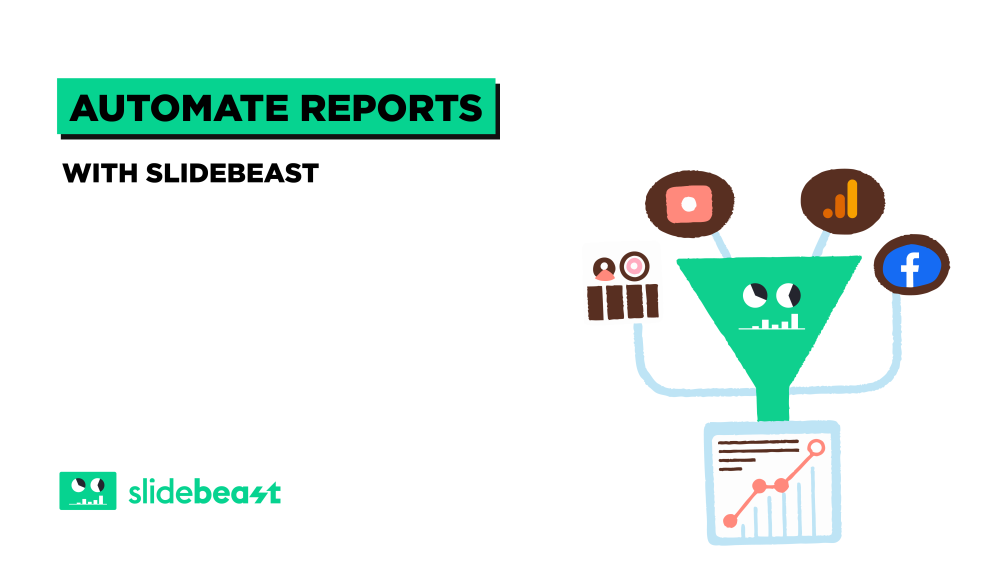Data is the most useful component of digital marketing. Without data, we have nothing against which to measure our budget, our campaigns, or even our marketing strategies. One of the best data usage tools is Google Analytics for your website. Whether you are a small business or a multinational, measuring the number of users, sessions, bounce rate, and more are very useful in developing strategies and identifying areas for improvement.
Why should I use Google Analytics?
Do you know how to get the most out of Google Analytics? Or did you just lose track of time when you heard the word 'analytics?' Don't worry; we'll explain why you should start using analytics now, if you haven't already, and provide ideas on how to improve your own metrics analysis. You don't need to be a computer whiz to grasp Google Analytics, but there are some fundamentals that everyone should know.
What exactly does it track?
Google Analytics keeps track of everything from visitor numbers to geography to end-user age and gender. It will inform you that:
- What is the number of people who visit your website?
- What pages and actions do they interact with? How much time do they plan to spend reading those pages?
- What could cause them to bounce back?
- The sort of device they're using to access your website
- Where did people find your site?
Because data doesn't lie, having Google Analytics access is essential for reporting and feedback on website performance.
Create an Audience
You might utilize this data to create personas for your company by delving into the demographics of your audience. You can check demographics like age, gender, and geography in the Audience reporting function, but it also provides a wealth of consumer data like their interests, which are listed in Affinity Categories and In-Market Segments. You might create personas for your services and goods based on these interests to improve your market offering. That knowledge is invaluable!
Follow the Behaviour Funnel
Did you know that you can track how visitors navigate across your website? This is known as the Behaviour Funnel, and it's a fantastic tool. It describes where your visitors arrive (typically the main webpage, although they could come from elsewhere) and where they leave (or complete an interaction, such as filling in a form). The green represents where visitors arrive and which pages they navigate to, while the red denotes bouncers or dropoffs if the information isn't appropriate to them.
Where are they coming from?
Are you curious in the origins of your website's visitors? You can investigate which advertising channels are most effective for your organization under the Acquisition tab.
Report, Report, and Report again
The date range dialogue box is extremely important depending on when your Analytics account was set up, since it allows you to report on historical data and compare current benchmarks to earlier data. It enables you to find patterns based on historical traffic and observe where previous success has occurred in order to provide insight and direction for the future.
Keep track of the bounce rate.
The bounce rate is the percentage of visitors who leave a website without doing anything, such as clicking a link or completing a form. A good bounce rate is between 26 and 40 percent, with an average bounce rate of 41 to 55 percent. Depending on the website's objective, anything beyond 70% is disappointing.
Making your page more responsive, adding more visuals, and developing a better user experience, such as considering accessibility, are all things that will lower your bounce rate.
Conclusion
We could talk about Google Analytics all day, but the best thing you can do right now is to check your own account. Go ahead and investigate Google Analytics! It's the most effective technique to understand the data and find numbers that can help you improve your business plan in a variety of ways.








